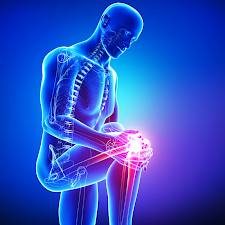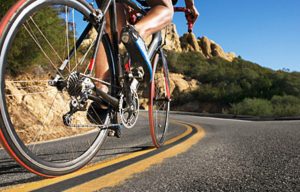
So, you’re looking to invest in your first road bike. It can be tough to know how to buy your first bike; how much to spend or which features really matter. Do you really need a lightweight carbon frame if you never plan on racing? How important are those components, and what, exactly, do they do?
The first thing you should do is come up with a budget. What is the most you’re willing to spend? From there you can begin your search for your perfect ride. It can be tempting to stay on the low end of your budget, but when it come to bikes, you get what you pay for.
That being said, there are some great budget options from established road bike manufacturers. You want to find that perfect combination of comfortable geometry and fast design to keep you smiling as you put in the miles.
Here are 5 of the best entry level road bikes out there.
Specialized Allez E5 Sport
Price: $970
The perfect combination of fast and comfortable, the Specialized Allez E5 Sport brings you the best of both worlds. The stiff design is well thought out with attention to detail, and it’s sturdy handling will have you tackling those sketchy descents in no time.
The quality aluminum frame is accompanied by flawless component choices. With a full Shimano Sora drivetrain it makes for flawless shifting across a wide range cassette. The 28.2mm tire width easily soaks up the road and makes for a smooth and comfortable feel. Weighing in at 9.41kg, the Allez E5 tops the list for the most bang for your buck with plenty of room for you to grow as a cyclist.
Cannondale CAAD8 Sora 7
Price: $790
CAAD series has been constantly perfected over the past decade to bring you the Sora 7. This frame offers great acceleration with pinpoint accuracy on downhills, and the Head’s Up Race geometry has you a slightly more upright and comfortable position.
As much the frame nails down all important features, the components are left somewhat lacking. The FSA crank works of course, but is slow in comparison to the Shimano Sora, and the narrow 12-27t cassette can be limiting.
Trek Domane AL2
Price: $750
You can’t make a list of “top 5 bikes” and not include a Trek model. They are constantly pushing the boundaries in search of that sweet spot between racing-level efficiency and touring comfort. With the Domane series, they offer both men’s and women’s models for that perfect fit.
With a carbon fork on an aluminum frame, the AL2 quite literally combines the elements of the higher-end models with an affordable, simple frame geometry. The carbon fork offers a smooth ride over even uneven surfaces, making it the perfect for commuting or heading out for long rides in all weather conditions. With the Shimano Claris drivetrain, you’re guaranteed a smooth and responsive ride well under the $1000 mark.
Giant Contend 1
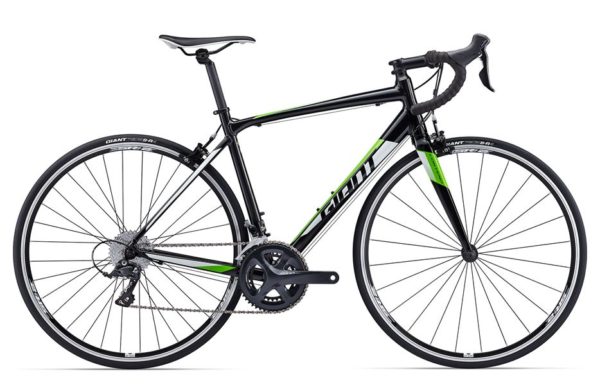
Price: $810
To sum up the Contend 1 in a word: balance. As mash-up between the previously popular TCR and Defy entry-level models, this bike gets the job done. An efficient climber and stable on descents, it may not have you feeling like an unstoppable mountain conqueror, but it will get you there safely and comfortably.
With an aluminum frame and those quality Shimano Sora components, you can be confident on any grade and those rougher surfaces. With more upright positioning, you’ll have a smooth ride whether on your daily commute or out for a long distance weekend ride.
Felt F95
Price: $790
If you’re a beginner cyclist, but have racing in your sights, then the Felt F95 may be your best option. As the most race-ready of the bunch, the F95 is the highly responsive with a stiff aluminum frame and a performance level carbon fork.
With a slightly more aggressive position, it’s great for charging up those hills and settling in for long distances, but can be somewhat uncomfortable for the less experienced rider. That being said, if you want to grow into your first bike, this one packs a whole lot of punch for the price point.
Cycling For Beginners
Need some extra tips on riding? I Love Bicycling has put together a complete guide to cycling for beginners here.
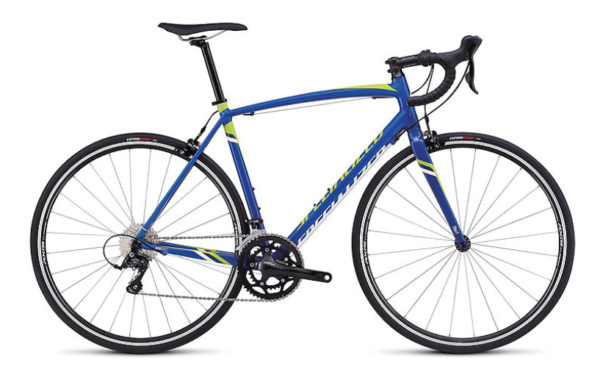
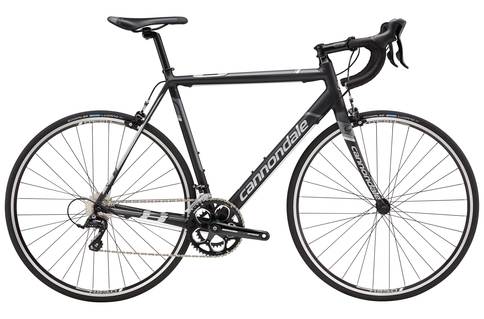
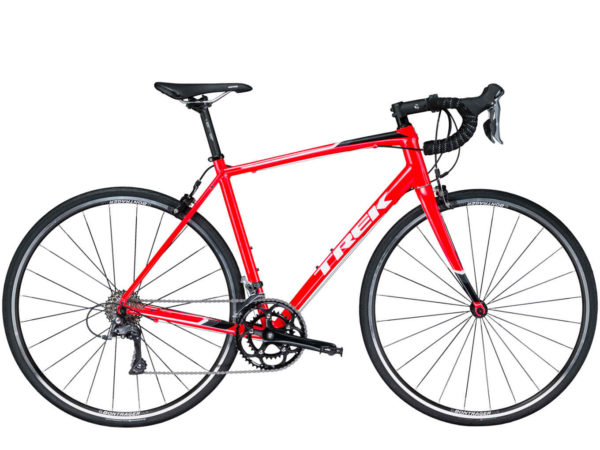
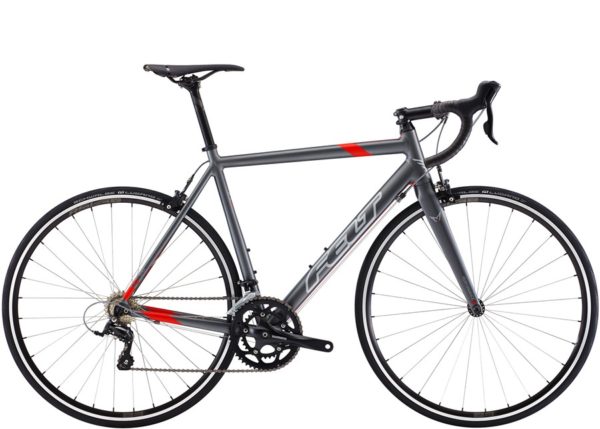
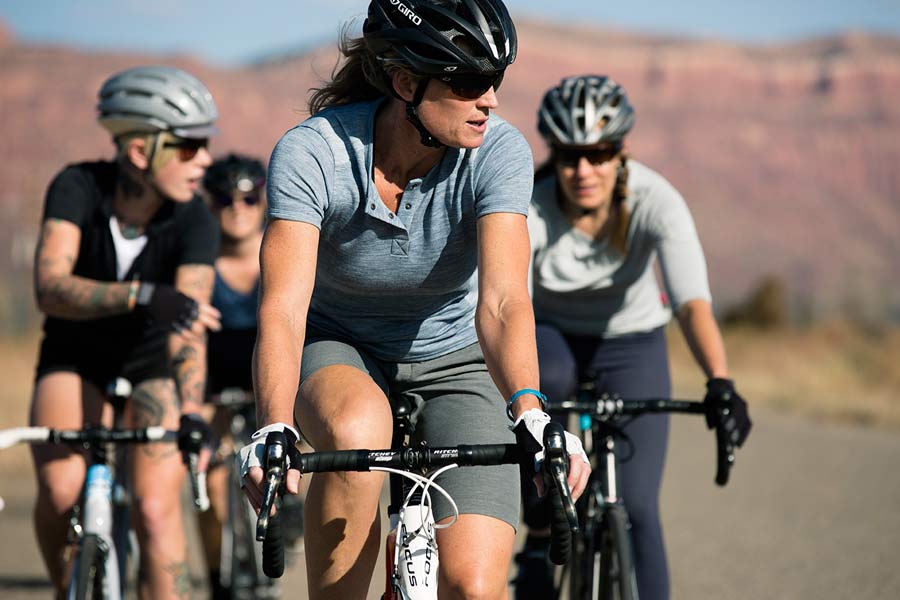
 Cycling for beginners can be a scary thing. This guide will give you beginner cycling tips on everything you will need to know to get started. We will cover pedaling, stopping, position, corners, climbing, changing a flat tire, road bikes for beginners, cycling tips for beginners, training, nutrition, injury prevention, bike fit and training plans for beginners!
Cycling for beginners can be a scary thing. This guide will give you beginner cycling tips on everything you will need to know to get started. We will cover pedaling, stopping, position, corners, climbing, changing a flat tire, road bikes for beginners, cycling tips for beginners, training, nutrition, injury prevention, bike fit and training plans for beginners!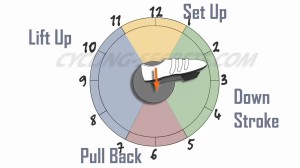
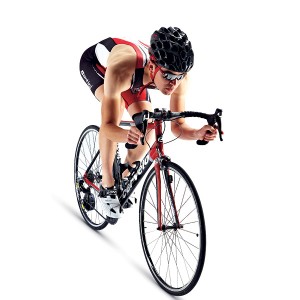 Stopping your bike is likely the most important thing you can learn. Clearly, if you squeeze the brakes you are going to slow down and eventually stop, but there are different techniques involved.
Stopping your bike is likely the most important thing you can learn. Clearly, if you squeeze the brakes you are going to slow down and eventually stop, but there are different techniques involved.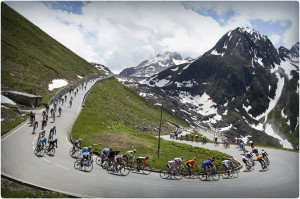 Most beginner cyclists assume they need to turn the handlebars in order to take a corner; while this is the case at very slow speeds it is usually not practiced while taking most corners at speed. Rather you will lean the bike frame the direction you want to turn and adjust your weight accordingly.
Most beginner cyclists assume they need to turn the handlebars in order to take a corner; while this is the case at very slow speeds it is usually not practiced while taking most corners at speed. Rather you will lean the bike frame the direction you want to turn and adjust your weight accordingly.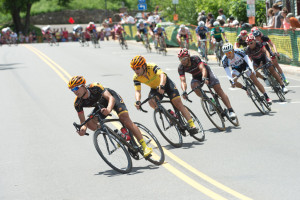 You should be going the speed you want to go around the corner at the beginning of the turn. Braking in the turn actually makes the bike want to stand up on itself and straighten out, two things you are trying not to do. You end up fighting the bike and shedding more speed than necessary to make the turn safely.
You should be going the speed you want to go around the corner at the beginning of the turn. Braking in the turn actually makes the bike want to stand up on itself and straighten out, two things you are trying not to do. You end up fighting the bike and shedding more speed than necessary to make the turn safely.
 The most important aspect of hill climbing is maintaining a steady effort from the bottom all the way to the top. This is a difficult thing to achieve. If you have a heart rate monitor there is a lag of approximately thirty seconds to one minute – keep this in mind. If you are going off of perceived effort – the beginning of the hill is perceptively easy and top seems incredibly difficult at the same effort. Power meters are the only way of receiving instantaneous feedback of your actual effort.
The most important aspect of hill climbing is maintaining a steady effort from the bottom all the way to the top. This is a difficult thing to achieve. If you have a heart rate monitor there is a lag of approximately thirty seconds to one minute – keep this in mind. If you are going off of perceived effort – the beginning of the hill is perceptively easy and top seems incredibly difficult at the same effort. Power meters are the only way of receiving instantaneous feedback of your actual effort.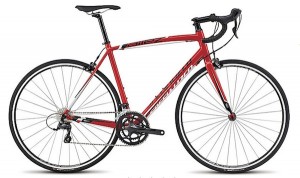
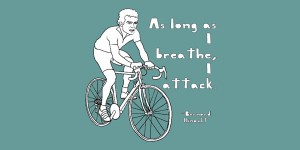
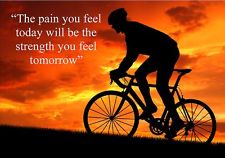 Interval Training
Interval Training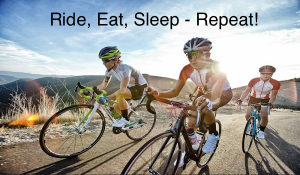 What to Eat on a Long Ride
What to Eat on a Long Ride